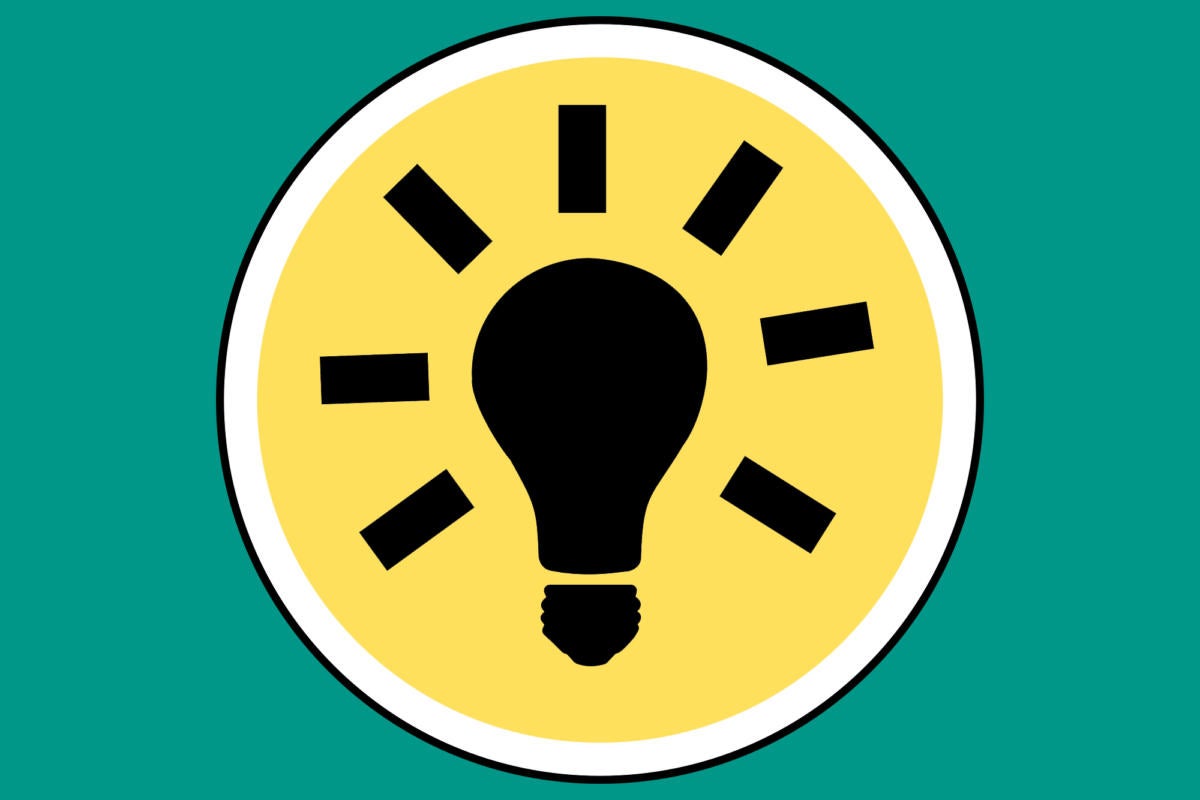Lately, I've been thinking a lot about the value of a phone.
It's a funny thing to consider, because it's something that's evolved almost constantly over time. This year, the top tier of prices is climbing higher than ever, with flagship phones now routinely costing $800 to $1000 — sometimes even more. Heck, the recently announced Galaxy S10 starts at $900 in America, and that's to say nothing of its fancified foldable sibling, the Galaxy Fold, which'll set you back a cool $1,980. That's $450 more than you'd pay for Wirecutter's top-recommended refrigerator, which is presumably something you'd keep for a full decade or two (if not even longer!).
So, yeah: 2019's flagship phone prices can be tough to swallow. It's why I'm convinced we're reaching a point where we need to refocus how we frame these increasingly incremental mobile tech purchases. After all, mobile tech today is a totally different field than it was even just a few years ago — and now more than ever, there's little compelling reason, as an earth-dwelling human, to upgrade to a new phone every single year (or even every two years, if you plan wisely).
With that in mind, it's time to start thinking of phones in the same way we think about appliances — more of mundane multiyear investments than anything-goes one-off purchases. That means we need to look beyond a phone's superficial qualities and consider how it's likely to evolve over the course of time that we own it — and what that broader perspective reveals about the device's actual value to us.
Yikes — right? I know. But stick with me on this. I swear it's not as complicated as it sounds.
The smartphone value assessment
Before we start putting on our math hats (mine's purple), we need to establish a couple of quick ground rules — foundational concepts upon which this analysis will rely. First, in order for a phone to maintain an optimal level of privacy, security, and performance, it needs to receive both timely and reliable operating system updates and timely and reliable security patches. Whether every single phone-owner realizes it or not, the former provides significant under-the-hood improvements related to all three aforementioned areas — while the latter, of course, fills in the gaps and addresses a variety of vulnerabilities along the way. Capisce? Capisce.
Second, as someone who is a Serious Smartphone User™, you want a phone that maintains an optimal level of privacy, security, and performance. You'd even consider that a relatively high priority — right? Of course right.
If you don't agree with either rule — if you think it's somehow okay for a phone-maker to take five, six, nine months to deliver a software update to a top-of-the-line flagship phone (if it even delivers one at all) or if you refuse to acknowledge that, yes, operating system updates absolutely do matter — well, we've got bigger problems to poke at here, Paco. You and I have pretty different views of modern mobile technology, and you might as well stop here — because the rest of this story won't apply to you.
Still with me? Huzzah! All right — let's charge forward: With those two ground-rule realities established, y'see, an unconventional kind of formula comes into focus for figuring out a phone's actual worth. Most Android manufacturers, as you may know, rely on a long-standing two-year standard for providing OS updates to devices. That means once a phone is two years past the date of its launch, it'll no longer receive OS updates and thus would no longer advisable to use for anyone who prioritizes that optimal level of privacy, security, and performance we were just talking about. Even if the device is still receiving security patches (which it should, at least in theory, as most manufacturers agree to provide those for three years from a device's launch date), that's only half the picture of our optimal environment for mobile productivity.
The sole exception to the rule is Google's Pixel line of phones. Those devices come with a three-year guarantee for both OS updates and security patches, which means they have a maximum advisable life span of three years, give or take, instead of the more typical two.
Got all that? Good. Now let's do some number-crunching.
Common flagship calculations
We'll start with the exception: If you're spending $800 on Google's latest Pixel phone, the Pixel 3 — and you anticipate keeping it for the full three years it's guaranteed to receive timely software updates — you'd essentially be paying $267 a year for that experience and everything it entails. That breaks down to about 22 bucks a month or roughly 74 cents a day over the course of your phone ownership.
(That's not taking into account the couple hundred dollars you could get for selling or trading the phone in when you buy your next one — or $300 to $400, even, if you're doing it after two years instead of three. Be sure to keep that resale value in mind as a factor for any phone as we move through the different parts of this process.)
Here's where things get especially interesting: That calculation is based on the amount of post-sales support the phone receives — a factor that determines the device's maximum advisable lifespan. That means our calculation will be significantly different for any non-Pixel Android flagship phone, despite those devices being in the same general price range or often being even more expensive than the Pixel, since they have a two-year period of OS support instead of the Pixel's three-year window.
So if you're thinking about the Galaxy S10, you'd have to take its $900 starting price and divide that by two — for the two years it's guaranteed to receive operating system updates — which brings you to about $450 a year ($37.50 a month or about $1.25 a day). On the foldable Samsung phone, you'd be looking at a whopping $990 a year ($82.50 a month or $2.75 per day).
And remember, too, that the updates for those phones are probably gonna be pretty sporadic and unpredictable compared to the Pixel's. Even with the smaller monthly security patches, you just aren't gonna get that same guarantee of clockwork-like deliveries with devices made by Samsung or most other Android manufacturers — something that makes for a potent one-two punch when privacy, security, and performance are priorities. And all of that only gets worse when the device reaches its second year of life.
Ultimately, you have to look at the math and then ask yourself if the superficial qualities tied to the hardware of those phones is enough to justify their substantially higher effective prices, compared to the Pixels, and all of the support-related asterisks that also accompany them. And that, my friend, is something only you can decide.
Lower-priced phone comparisons
Of course, there are even more affordable options within the Android ecosystem — some quite commendable, like the OnePlus 6T. A device like that won't get you the same level of camera quality as a top-tier flagship, nor will it come with the same level of guaranteed post-sales software support as a Pixel phone, but it does have plenty of good things going for it — including software support that's better than what anyone else outside of Google is providing as of late — and it costs a fair bit less up front, which counts for something when personal or company budgets are a consideration.
But hang on: We're going beyond the surface here, remember? And once you apply our total lifespan formula, the OnePlus 6T actually ends up being quite comparable to the Pixel in overall cost: With two years of guaranteed software support, the $549 phone comes out to $274.50 per year, which would be $22.88 per month or roughly 76 cents a day. That's actually slightly higher (though not by much) than the Pixel's overall life value, as the lower initial price is offset by the phone's shorter maximum advisable lifespan. So the savings aren't necessarily as significant as they seem, and it all comes down to your preference of device (and the accompanying levels of software support associated with them).
What about an even more budget-friendly phone that still has a praisable software update policy? The Android One-enabled Motorola One phone costs a mere $400 up front, and as part of the Android One program, it's guaranteed to get reasonably timely (not Pixel-level but not Samsung-style six-to-eight-month wait, either) OS updates and security patches for two years. That means the Moto One, if bought close to the time of its launch, would end up costing you $200 per year, or $16.67 per month — roughly 56 cents a day — which is a fair bit less than the Pixel-level setup, though you do give up a lot in terms of noticeable niceties like camera capability and display quality. It'd also have significantly lower resale value than a phone like a Pixel or Galaxy flagship, which is a factor you'll have to weigh as well. If you want to spend less, though, something along those lines can be a reasonable way to do it.
Now, let's quickly address the elephant in the room — no, not Eggbert (he's my buddy) but the metaphorical mammal over in the corner: the iPhone. Yes, one could theoretically apply this same formula to an iPhone and conclude that you'd get better bang for your buck on that side of the mobile tech universe — but I'd gently remind you that such cross-platform comparisons aren't parallel enough to have any real meaning. Plain and simple, Android and iOS upgrades are wildly different beasts (elephants, one might even say), and what constitutes an "OS upgrade" on one platform isn't even remotely similar to what meets that definition on the other. While it may seem on the surface that iPhones have the superior all-around arrangement, there's much more to the story than what Apple's marketing efforts suggest.
Within the realm of Android, though, this style of math can be a powerful way to assess a phone's worth to you over the course of time you're likely to keep it — not because of its bezels or the particular style of sheen applied to its backing but because of the ongoing attention to its software, which has far more ongoing impact on your real-world, day-to-day life. And here's the real beauty of this: No matter what you end up deciding, an educated decision is always a better decision.
Who woulda thunk? Just like in so many areas of tech — and, heck, life in general — a little perspective goes a long way.
Sign up for my weekly newsletter to get more practical tips, personal recommendations, and plain-English perspective on the news that matters.

[Android Intelligence videos at Computerworld]



























































































